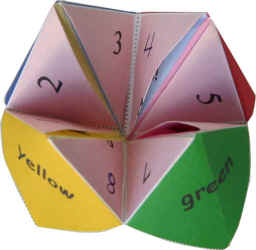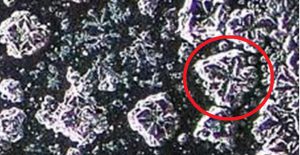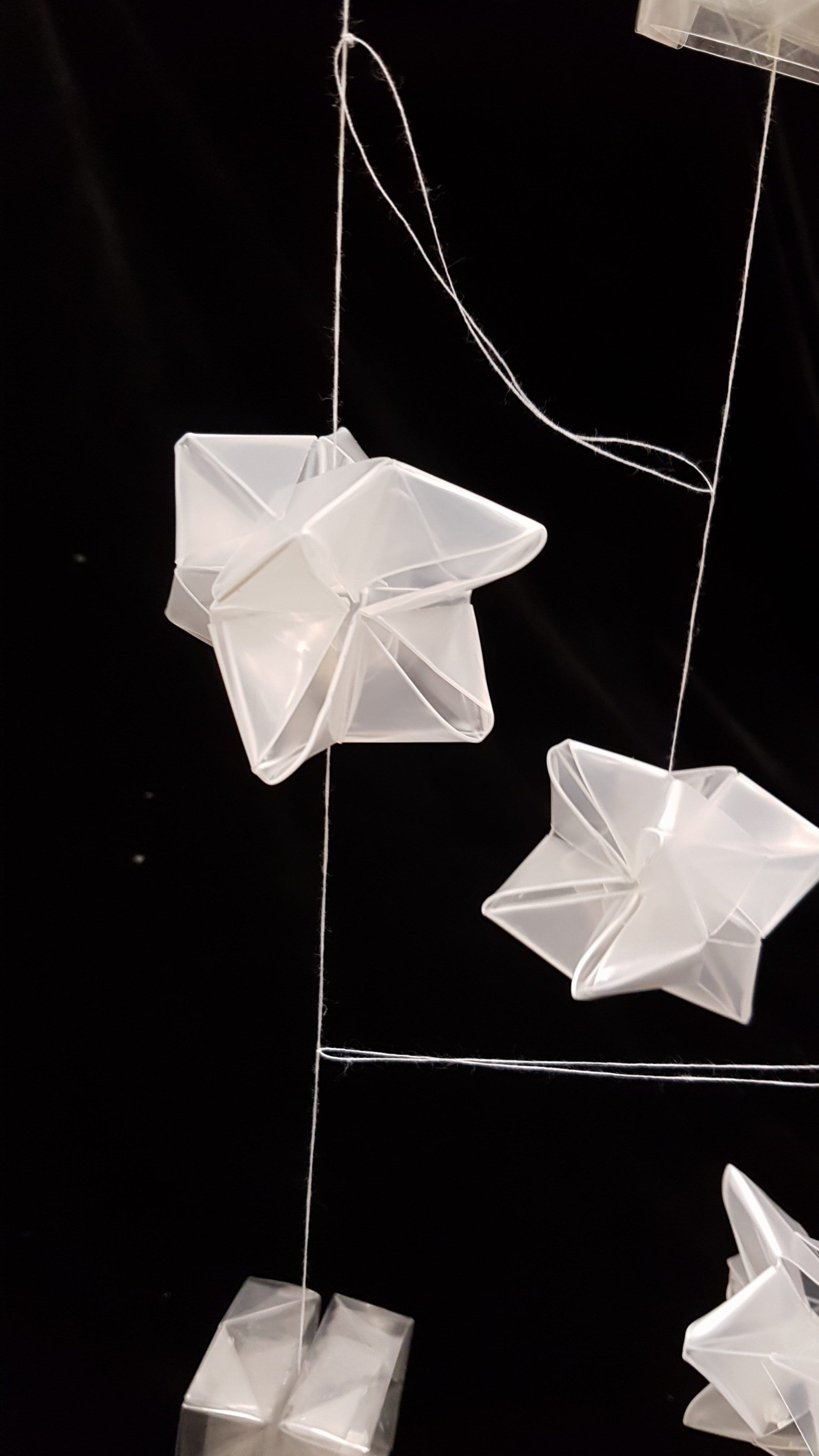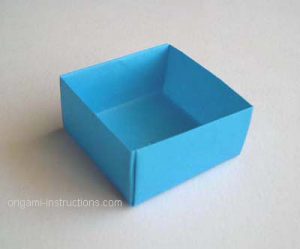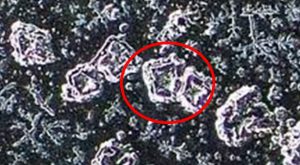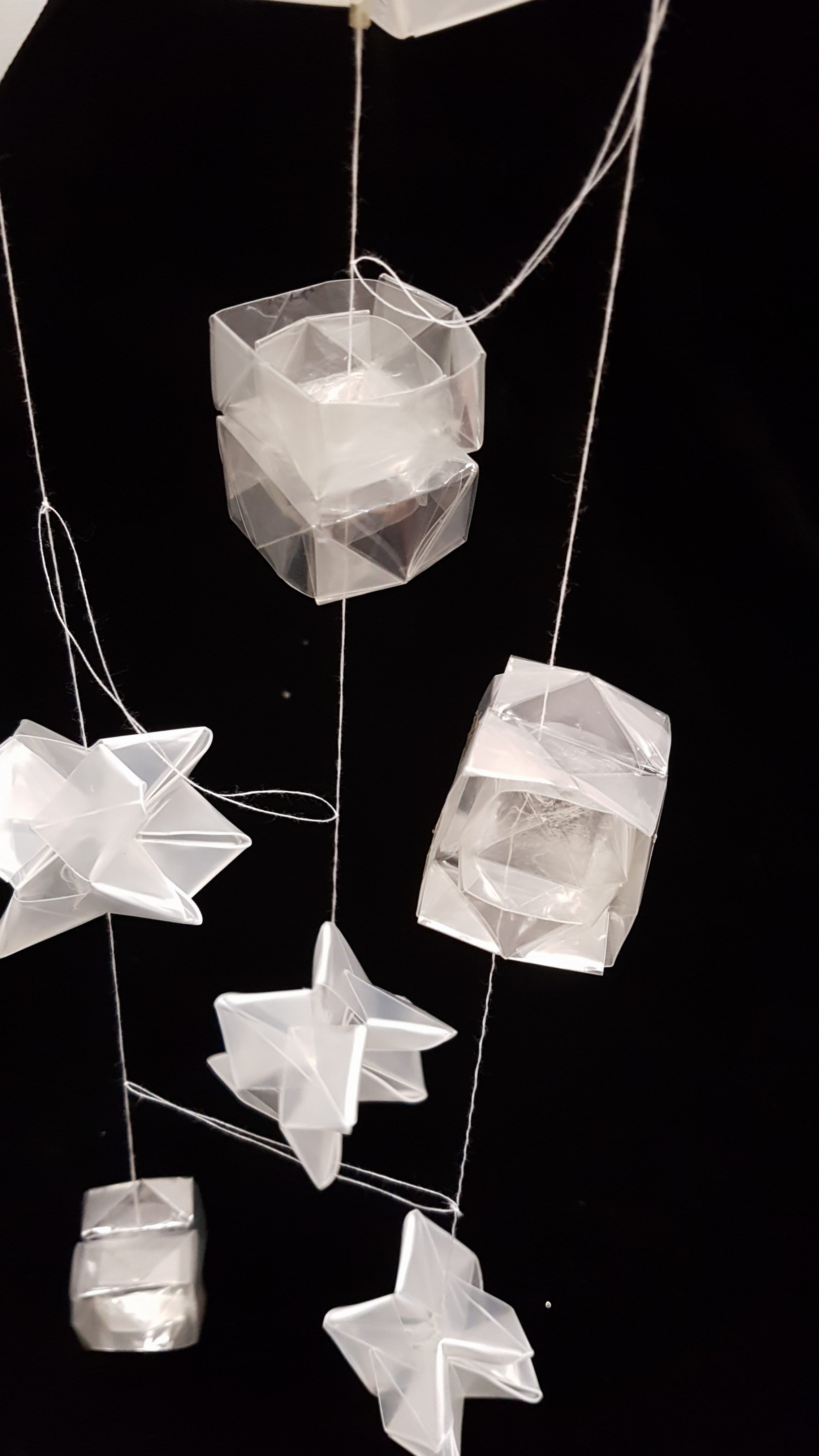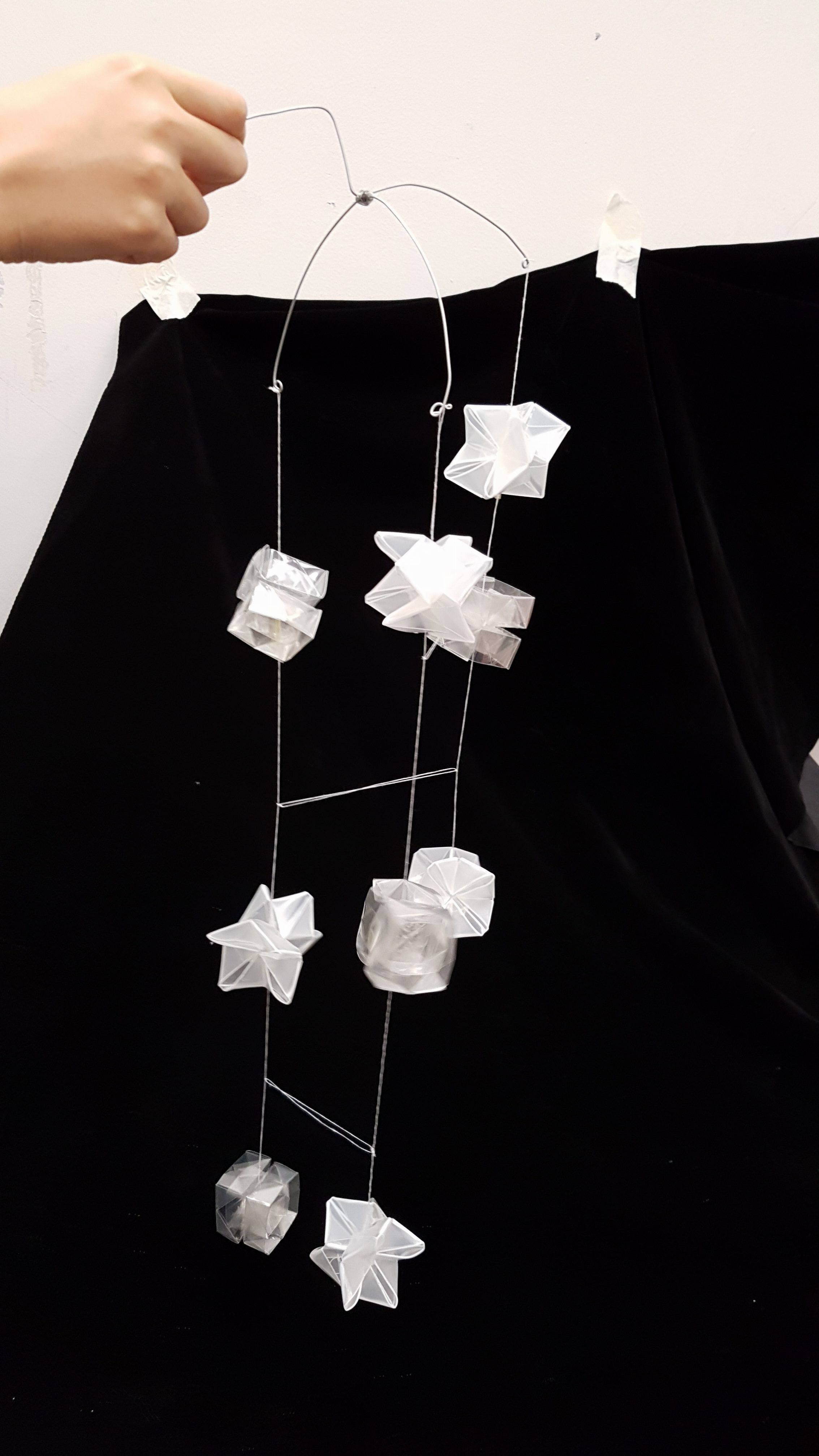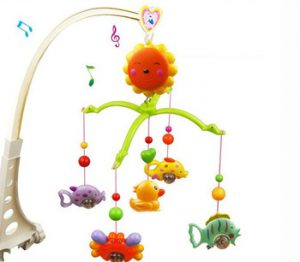For this modular construction project, our group which consists of Queenie and I, created this lampshade cover (sort of).

Amalgamation
This modular construction is the amalgamation of our previous project on Morphogenic Construction. Queenie used the SEM of Leek and I used SEM of Dried Tears.
Queenie Ke’s

We obtained her construction’s highlights which were …
- The Folds in the layer -> We incorporated that into our brainchild, by folding transparency paper.
- Use of dried layers of glue -> We incorporated that into ours by coloring the glue sheets with red and blue paint as well as calligraphy ink.
Mine (Seng Yi Ling)

My previous construction’s highlights were…
- The Wire frame
- Plastic to make the units -> Used transparency and plastic sheets with pattern to create shadows.
- Thread to hang units.
Aesthetic Cohesiveness
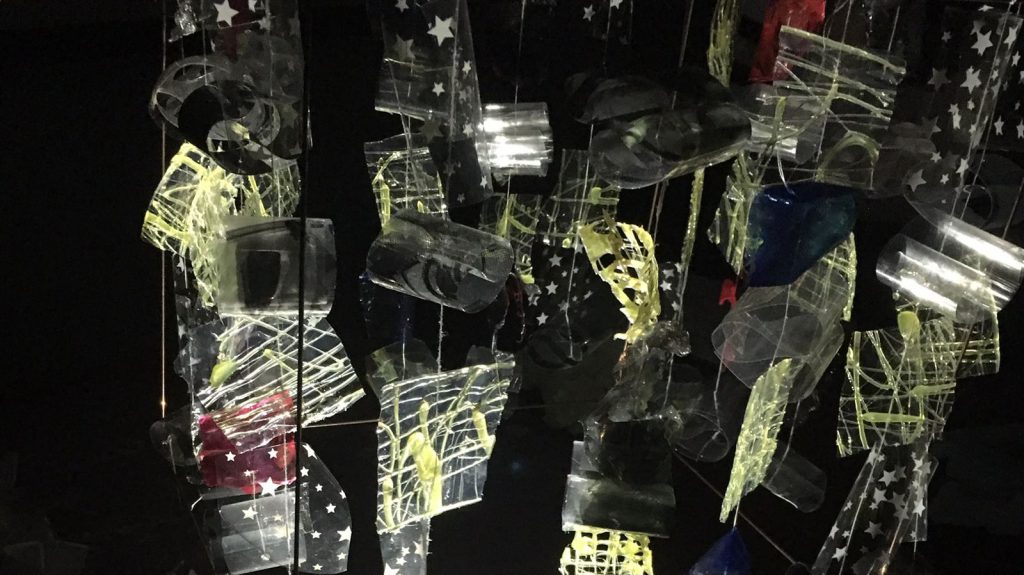
Units in each row are arranged in a uniform pattern.
Materials used for each unit are…
- Glue from glue gun onto cling wrap
- Star patterned plastic wrapping sheet
- Red and Blue Watercolor paint on glue
- Donated transparency paper from our classmates
Delight
Colors, light and shadows are rather friendly. Rather interactive due to the mobility of each row. Each unit moves rather independently on it’s own in the air.
Light and Shadow
For this assignment, Queenie and I heavily focused on the light and shadow casted from our model, hence the physical exterior aesthetic aspect of our model is rather… ahem….
ANYWAYS.
This is a video of how the light and shadow look upon changing the position of the light source: front and back, left and right.
- The panels closer to the light source appears larger, and overlaps with the shadow casted by the panel which is further away from the light source.
- Transmission of light through the red, blue and black glue layers created colored translucent shadows.
- Transparency folded up has a reflective surface. Hence, mobility of the transparency units when turning creates a refraction of lights.

During presentation, our classmates were rather fazed –Queenie and I were rather surprised by the responses haha.– by the shadows casted on the ceiling and all around the room when we placed the light source (iPhone light) directly faced up on the table, in the center of the model. Yit Ling told me that she felt serene looking at our ‘constellation’ like shadows  .
.
Some of the pictures in class of our work were taken by Dawin and they were really pretty so we used them! Thanks Dawin!
Constructive feedbacks we’ve received from Mr. Peter and our lovely classmates were that we could actually hang our lampshade cover instead of having it on legs; and that letting it have uneven legs to give mobility or allow it to rotate like a musical box would make the shadow even more interesting on the walls and ceilings. 

‘Family Portrait’ of Queenie and my lovechi..I mean. BRAINCHILD. 😀 THANK YOU QUEENIE FOR WORKING WITH ME ON THIS PROJECT <3











 And the video which failed to play during presentation entails the tear extraction process by the creator of these SEM and how the crystallization is formed:
And the video which failed to play during presentation entails the tear extraction process by the creator of these SEM and how the crystallization is formed: